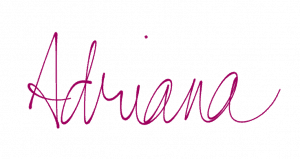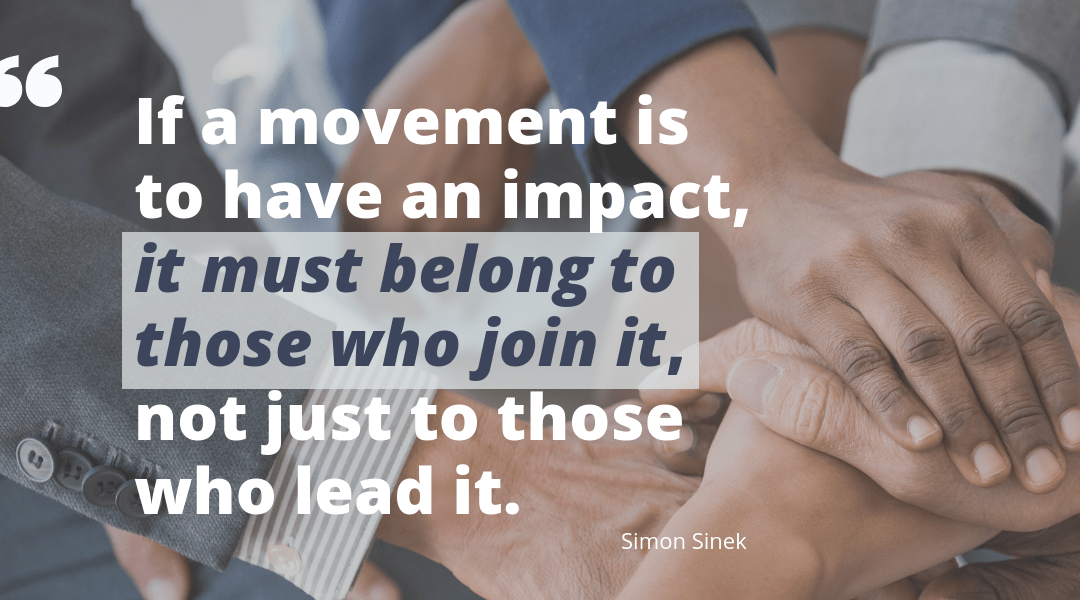So how exactly do you go about finding your organization’s “why”? It sounds like a nebulous endeavor.
In “Finding Your Why,” Simon Sinek describes his Tribe Approach, which is one of the best methods I’ve found to help organizations find their meaningful “why.”
What’s brilliant about the Tribe Approach?
- At its core is a ground-up approach that creates employee ownership, as compared to the typical top-down mandate.
- It uses stories to connect employees on a personal level, engaging both the heart and the mind.
- It’s simple!
“If a movement is to have an impact, it must belong to those who join it, not just to those who lead it.” Simon Sinek. Click to Tweet The Tribe Approach in a Nutshell: Simon prescribes conducting a work session with a group of diverse employees (experience, function, attitudes), utilizing personal stories about the organization to identify common purpose themes, and ultimately draft a “why” statement. This process involves working through these three conversations:
- Conversation #1. Share a few specific stories of when you have felt the proudest to work for this organization.
- Conversation #2. In each of your stories, what was the specific contribution your organization made to the lives of others?
- Conversation 3. What did the contributions of your organization allow others to go on to do or to be?
It can be valuable to have an outside party facilitate this process so please contact me to learn more about how I can help your team with this process. However, if you are not in a position to engage an outside facilitator, please do NOT let that stop you! Just follow the steps below.
The Tribe Approach
Some technical stuff:
- Select at least 5 to 15 people with a maximum of 30. The goal is to get different representation for sharing stories about the organization and variety is paramount to the process.
- Allow enough time. This session should take 4 – 6 hours.
- Break into smaller sub-groups of 7 or so for each conversation and report out to the group.
- Ensure diversity of group composition. Again, the goal is to get a multitude of perspectives and stories to provide a richer, more comprehensive representation of the organization.

TIP: Be sure you provide very detailed, specific examples and avoid generalities like “I feel the proudest when we help customers.” Instead, give details like who the customer was, what was unique about the customer’s challenge, what was the outcome, what did the customer say, and similar specifics that provide a richer context.
Report back and share your stories with the larger group.
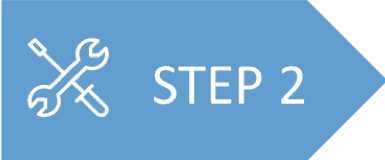
TIP: Describe using verbs and action phrases. Make sure this is not aspirational. Do not share what you hoped the organization would have done but what the organization actually did.
Come up with at least ten verb/action phrases and no more than will fit on one flip chart. Report back to the larger group.

Report back to the group.

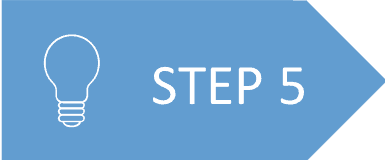
“Our purpose is to _____________________ so that ___________________”
Contribution => Impact.

Both teams present their proposed “why” and then the collective group can determine which draft “why” they would like to advance. This could be simple, but also might require deeper discussion if there is no clear winner.
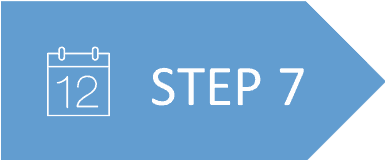
Sidenote: It’s important to understand that like your organization, your “why” is an organic concept and should evolve over time. Always remember how important the “why” will be throughout your organization’s evolution.
FREE DOWNLOAD
Download the key steps for conducting your own Find Your Why work session.

Idea into Action
Here are three ways you can put these ideas into action:
- Schedule a Facilitated “Why” Work Session: Contact me to explore creating and facilitating a personalized work session for your team. (This is my favorite option!)
- Conduct Your Own Session: Get a representative group together from your organization and follow the instructions laid out here. It doesn’t matter if you’ve finished your Strategic Planning or you’re just beginning. “Why” always matters; “why” will make a difference.
- Dip Your Toe in the Water: If you’re not sure about this, give the idea a test drive with your immediate team. Going through this exercise with the same questions and process with a smaller group will help you learn more about how you might execute with the broader organization.
Please share your thoughts with me on this, and if you’ve found this information helpful, you can help me get the word out by using the links provided and sharing it with a colleague. Thanks!
Work well,
